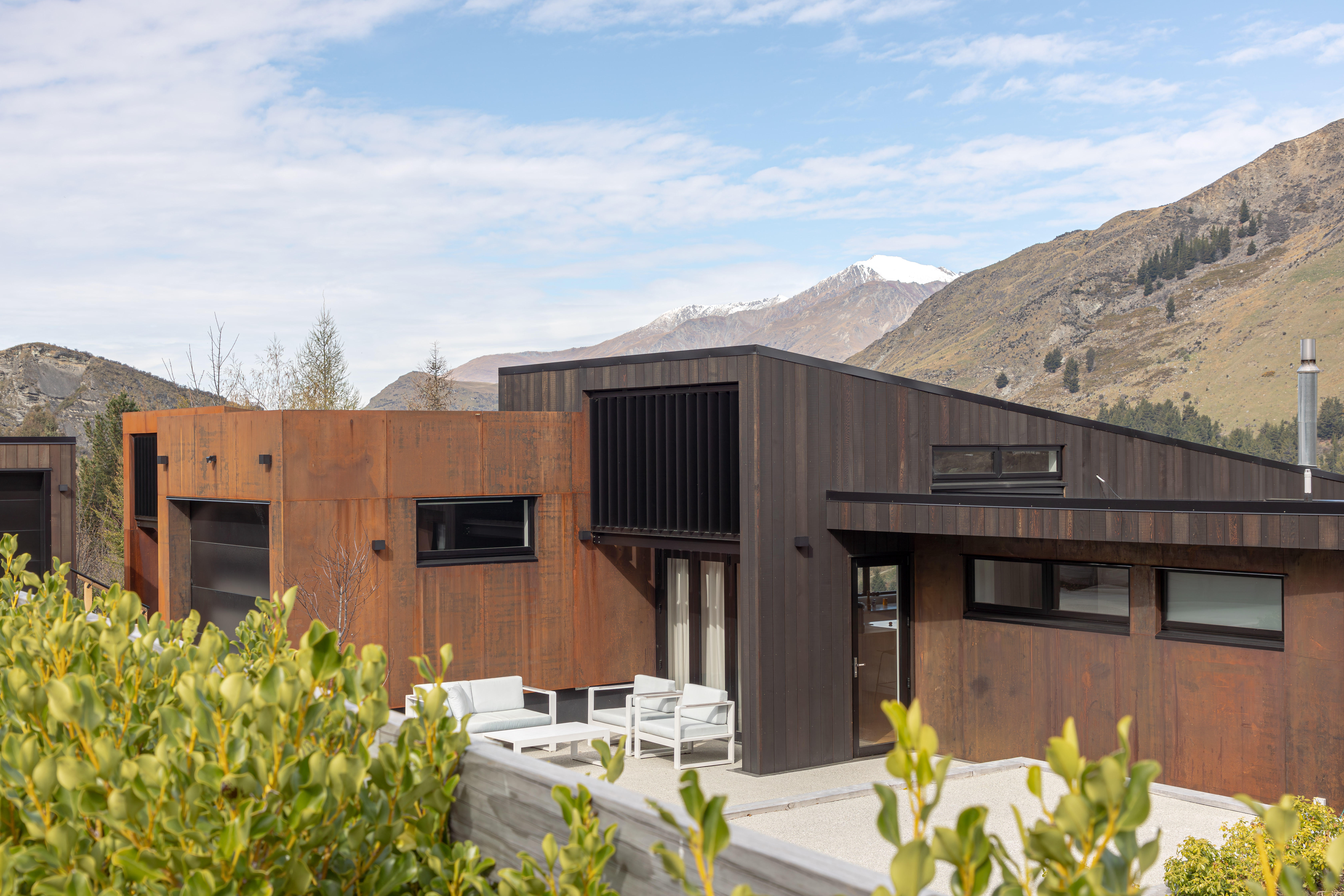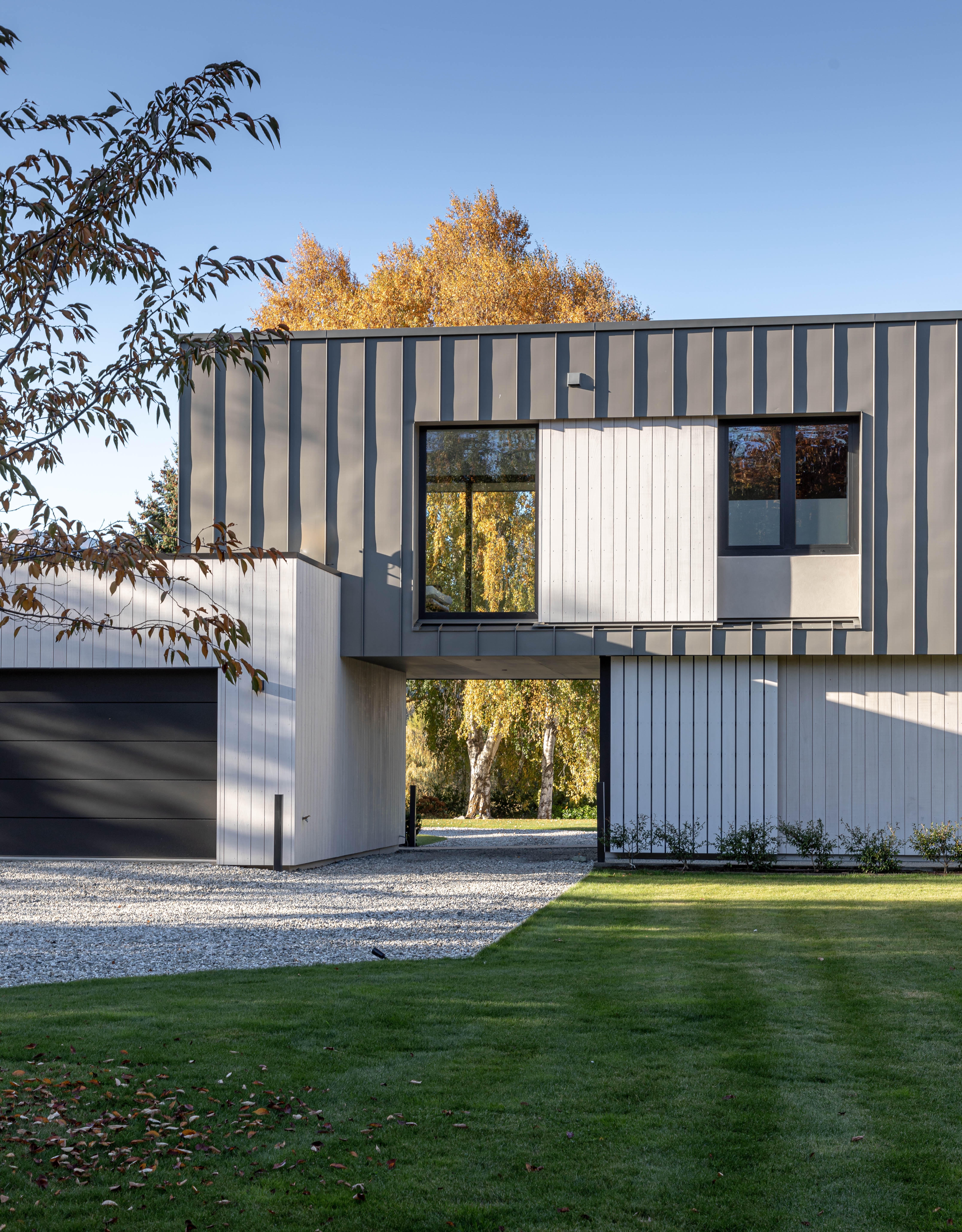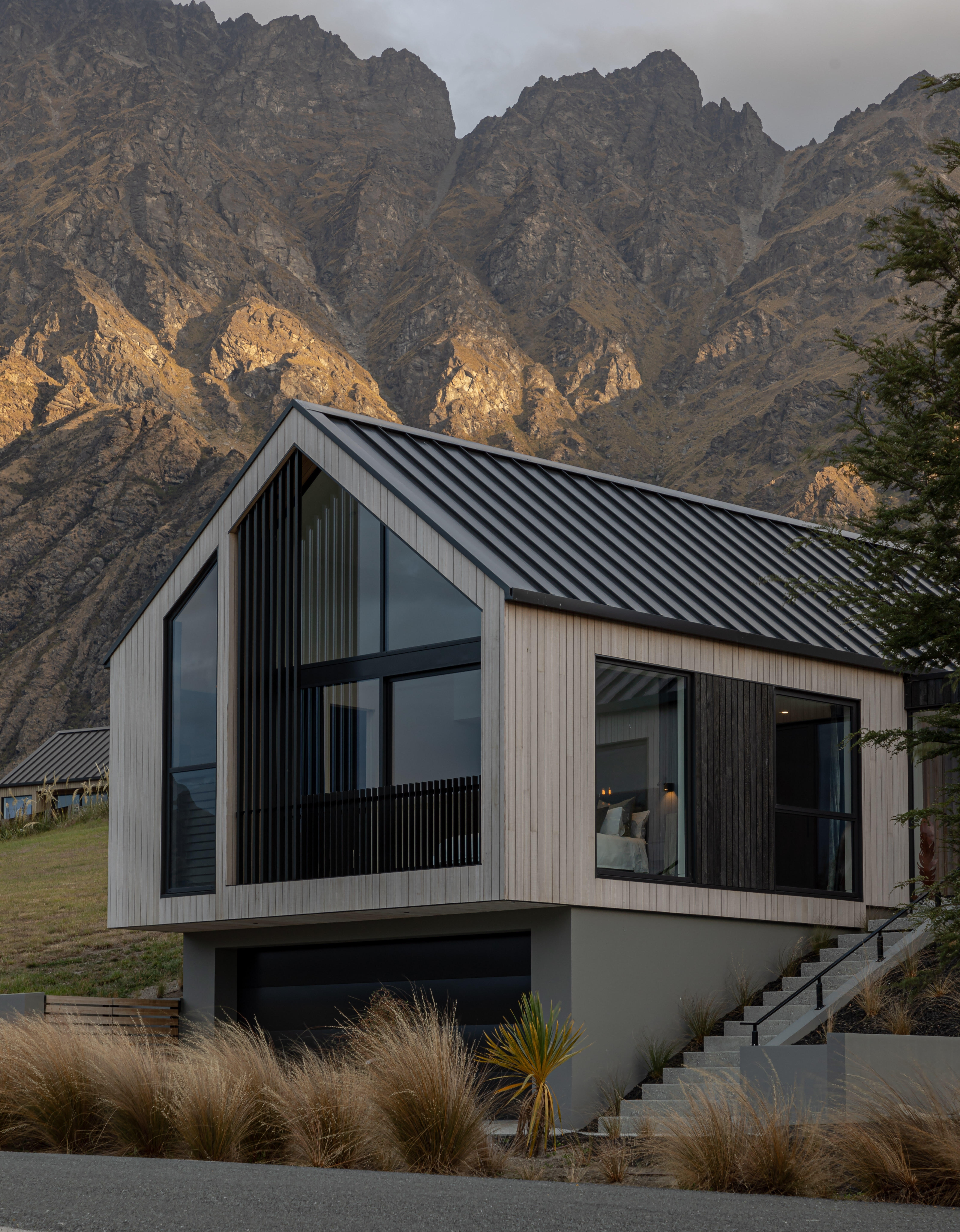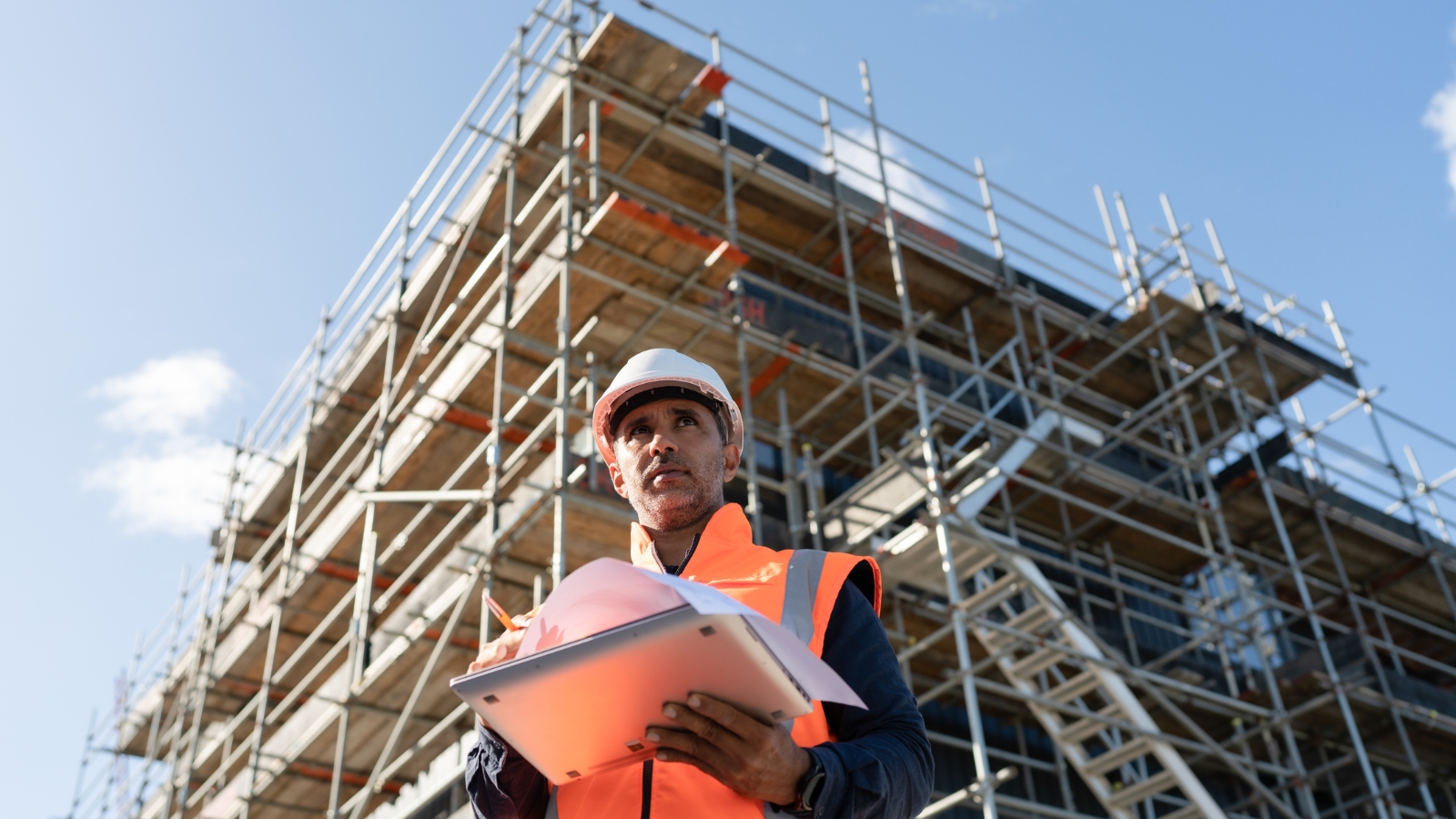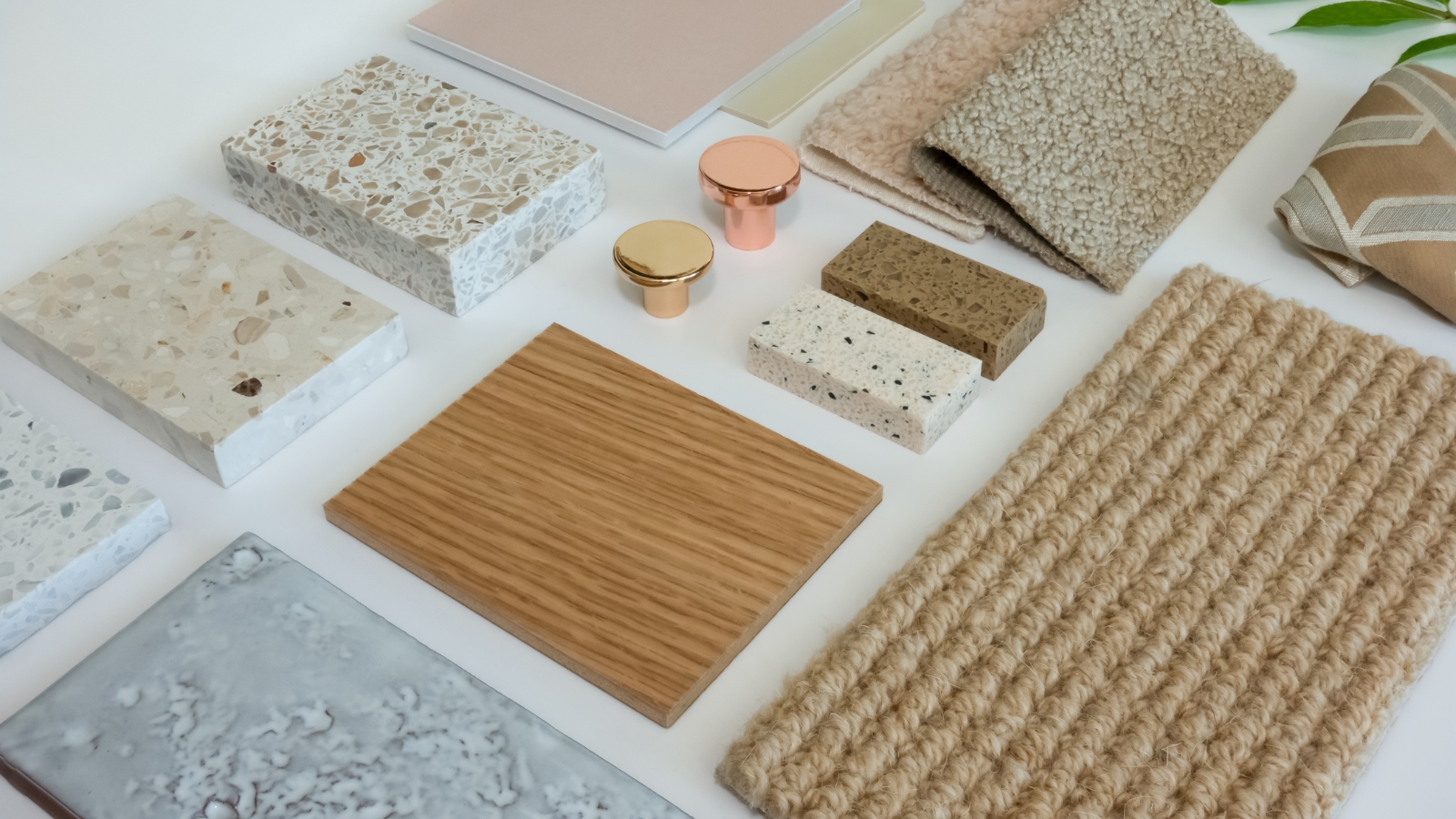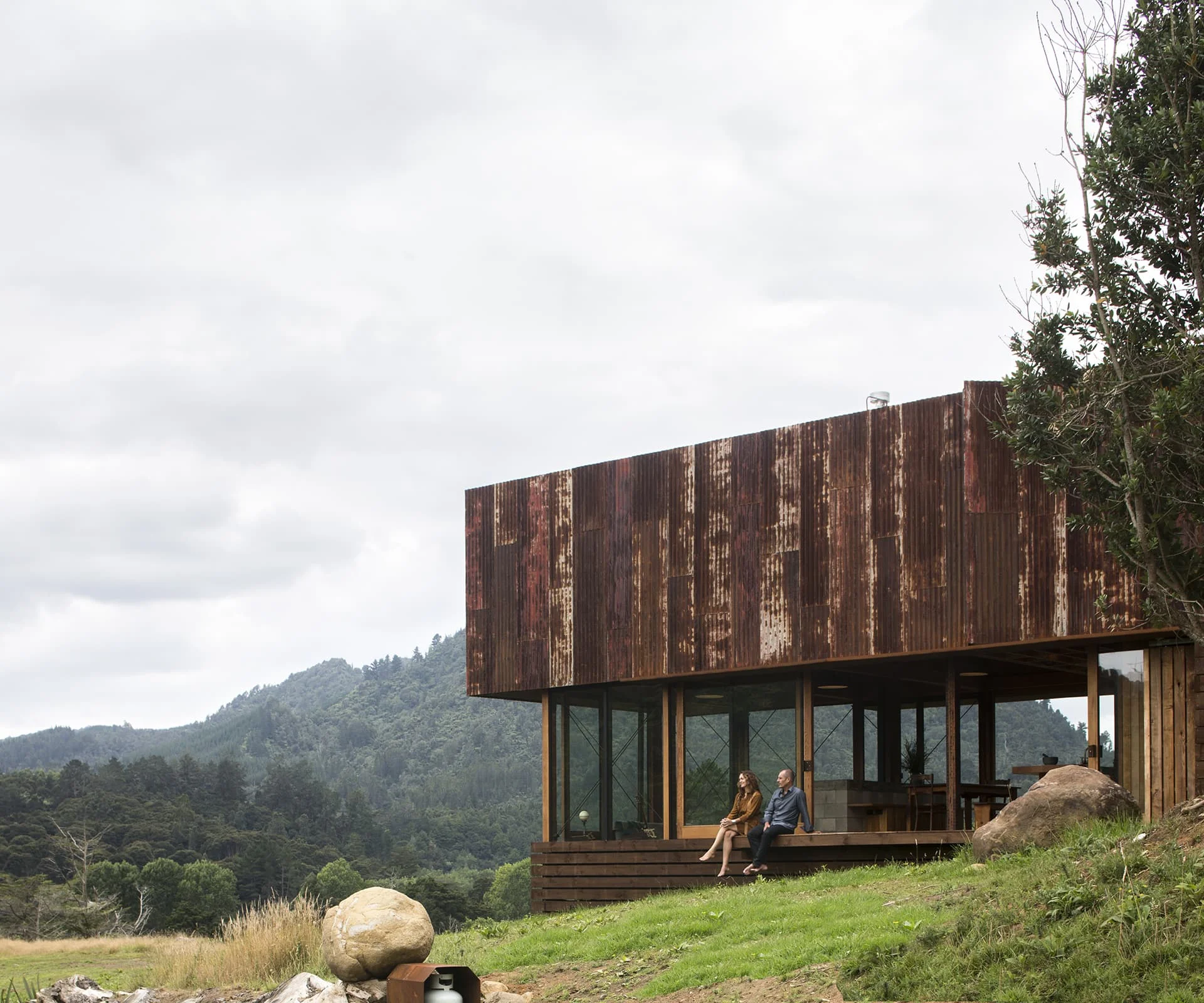Feature article
Cladding options to enhance the style of your home
What are some of the best external cladding options for New Zealand weather conditions?

While we may refer to our small slice of paradise as ‘Godzone’, our climatic conditions rank with some of the harshest on the planet.
As homeowners, we often battle those conditions to keep our homes looking their best, and the type of cladding we choose plays a large role in our ability to harmoniously coexist with our environment. So, what are some of the best external cladding options for the New Zealand conditions?
Cover image: This Arthurs Point, Queenstown home uses corten steel and vertical timber cladding ensuring the house blends into the natural environment. Image by John Williams.
Vertical timber and composite cladding
Once upon a time, the pine weatherboard reigned supreme, and is still one of the most popular cladding options for our homes. Nowadays, the traditional horizontal weatherboard has been turned, quite literally, on its head, with fibre cement and composite board options allowing for vertical installations, an increasingly popular choice for design-savvy homeowners up and down the country.
Aside from their aesthetic benefits, these modern-day products are less susceptible to the high-salt, intense UV conditions of our coastal environs, and they can be finished in a larger variety of colours, including the darker shades we Kiwi prefer.
Designed by KOIA Architects, this home is wrapped in zinc and thermally modified timber cladding allowing the substantial form to sit lightly in the landscape. Image by John Williams.
What are the most affordable cladding options?
In some instances fibre cement and composite boards are comparable in price to the traditional alternative, with both the composite board product and pine weatherboards coming in at around $250 per square metre, while fibre cement products start in the low-to-mid $300 per square metre range.
Vertical timber cladding used in this home designed by Ben Hudson Architects creates crisp lines accentuating the dramatic alpine setting. Image by John Williams.
Vertical cedar: what are the benefits and what does it cost?
While we’re talking timber cladding options, let us not forget cedar. Available in a variety of widths and thicknesses, cedar can add real depth to your external cladding — especially when teamed with other external cladding products. With regular maintenance, the rich cedar grain will continue to look good for years, or it can be left to naturally ‘silver’ over time. If cedar is your timber of choice, expect to pay in the low-to-mid $300 per square metre range.
This home by Define Architecture utilises various exterior cladding materials to create a layered, inviting aesthetic. Image by John Williams.
Why bricks remain a popular external cladding option
If durability coupled with almost zero maintenance is the deciding factor, then look no further than brick. These days, there is a large array of choices in terms of size, colour and style. Bricks offer enhanced noise and thermal insulation, are fire resistant and only need the occasional wash down to keep them looking good. Expect to pay around $200-plus per square metre for standard bricks with prices rising depending on the size and style of the bricks.
What does metal house cladding cost?
Becoming increasingly popular, is the range of metal exterior cladding options — including long-run steel (from $200 per square metre for standard profiles), aluminium (from $450 per square metre depending on profile), and copper (from $350-$400 per square metre, as a starting point).
Once the sole domain of our roofs, long-run steel is gaining in popularity as a New Zealand-made, durable, low-maintenance external cladding option. Similarly, aluminium cladding is a low-maintenance choice, and it won’t rust or fade. Aluminium cladding comes in a number of styles, profiles and colours — either powder coated or anodised. If it’s a premium metal cladding option you’re after, then look no further than copper. Prized for its long lifespan, long-term aesthetic value and very low maintenance, copper can also be completely recycled at the end of its life.
NB: The prices quoted in this article are intended as a guide only. Other factors individual to each build will determine the actual price for the exterior cladding materials covered.
This article was written by Justin Foote
Author
Other articles you might like
